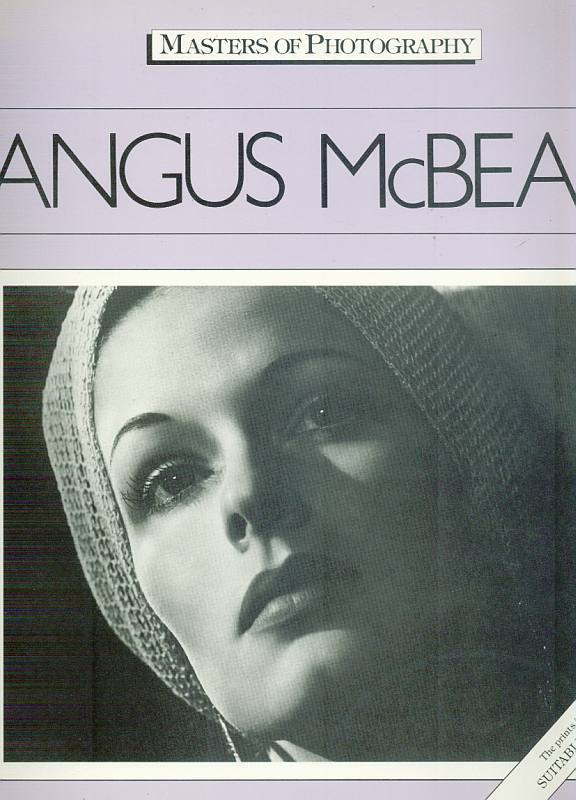[McBean, Angus McBean.
[McBean, Angus McBean.
|
[McBean, Angus] Woodhouse, Adrian. Angus McBean. Text by Adrian Woodhouse. First Edition. London/Sydney, Macdonald, 1985. 30cm x 26cm. 64 unnumbered pages. Original softcover. Very good condition with some minor signs of external wear. [Masters of Photography] Angus McBean (8 June 1904 – 9 June 1990), was a Welsh photographer, associated with surrealism.
Our price: EUR 28,-- |
 Angus McBean. |
